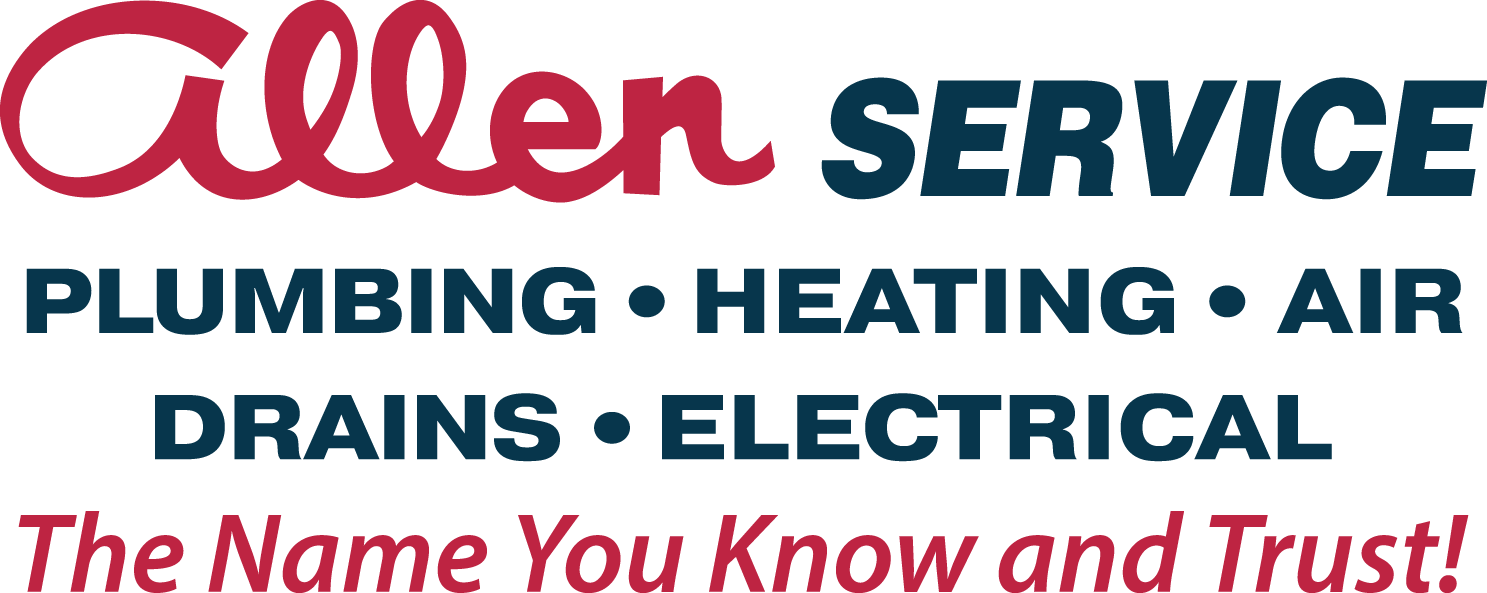
If you’re ready to give your old, tired kitchen a facelift, you may be gearing up to remodel your kitchen. Perhaps you plan to do most of the work yourself, such as knocking down walls, repainting the cabinetry, and replacing the countertops.
If the project requires any plumbing work, it’s best to leave those elements of the job to an experienced plumber. After all, the thought of cutting and rerouting pipes, soldering copper fittings, and installing fixtures and appliances may sound overwhelming to even the handiest of homeowners. Here’s more information about what goes into moving and installing kitchen plumbing so you know what to expect once the work begins.
Moving a Kitchen Sink
The complexity involved in relocating a kitchen sink largely depends on how far you’re moving it. When keeping the sink on the same wall, it’s usually straightforward to add onto or cut back the drain and vent.
However, when moving the sink across the kitchen, things can get a lot trickier. Sure, water pipes can be cut and extended to run almost anywhere, especially when using PEX pipes or push-fit fittings, but drain and vent pipes are another matter.
The biggest obstacle when moving a kitchen sink is making sure the drain has enough pitch. There should be a minimum slope of 1/4 inch per foot of pipe to ensure adequate drainage.
The vent pipe also comes into play. It’s often difficult to find a place to run a new vent, especially if there’s a second floor above the kitchen. Working with a plumber is the best way to make sure any changes to the supply lines, drains, and vent pipes are done right the first time.
Installing an Island Sink
Many homeowners like the appearance and versatility of an island sink. The island is also a popular place to install a second prep sink during a kitchen remodel. Plumbing an island sink isn’t much different from plumbing a sink along the wall—it’s the vent pipe that causes the most trouble.
A regular kitchen sink vent rises six inches or more behind the wall before going horizontal. An island sink can’t do that, so there are two alternate methods:
- Install an island vent, which rises and loops as high as possible inside the cabinet before connecting to a vertical vent under the floor. This ensures adequate air enters the system while preventing the trap from siphoning.
- Install an air admittance valve (AAV) as high in the cabinet as possible. Be aware that this gravity-operated valve may not always keep up with draining a large sink or dishwasher and may lead to slow drainage.
Before installing either an island vent or AAV, it’s important to check with the local code enforcement office because the rules vary for each.
Replacing a Range & Dishwasher
Kitchen renovations and new appliances typically go hand-in-hand. Choose energy-efficient models, and you could cut your energy usage by about half, helping the investment pay for itself.
Are you planning to replace your gas range? Because of the risk of gas leaks, it’s best to leave the task to a licensed plumber. Installing the connections to a new dishwasher can also be tricky. Remember, even if you’re moving kitchen plumbing fixtures, you’ll need to keep the dishwasher next to the sink for drainage purposes.
Installing a Refrigerator With an Ice Maker and Water Dispenser
Modern refrigerators usually have ice-making and water-dispensing capabilities. Of course, these appliances can’t make water on their own—they need a supply line to make ice and dispense water. If you’re replacing an older fridge that doesn’t have these features, you’ll need a plumber’s help.
The job involves installing a saddle valve on a cold water pipe closest and most accessible to your refrigerator. Alternatively, it’s possible to tap into the cold water line with a push-on-type ice maker connection kit. Then, a braided stainless steel tube connects the water line to the back of the refrigerator. Making the connection typically involves drilling a hole in the cabinet or the floor behind the fridge.
Installing a Garbage Disposal
Most homeowners with garbage disposals can’t imagine living without one. If you’re ready to finally make the upgrade, a plumber can get the job done after replacing or moving your kitchen sink plumbing.
The disposal connects to the sink with a flange fitting, which can be installed on both single-bowl and double-bowl sinks. A discharge tube coming out the side of the disposal connects to the drain line. This small appliance also requires an electrical hookup, something to consider if you choose to move your kitchen sink. Lifting and securing a garbage disposal to the underside of the sink may require two people, especially in the case of large, heavy models.
Installing a Point-Of-Use Tankless Water Heater
If your water heater is located on the other side of the house, you may want to install a point-of-use tankless water heater near the kitchen sink. This way, you’ll avoid wasting gallons of water as you wait for it to heat up at the tap. Energy-efficient tankless water heaters have a compact footprint, making it possible to install the appliance inside a kitchen cabinet. For maximum convenience and energy savings, you may choose to install point-of-use units in each bathroom as well.
Allen Service may be a plumbing repair company first and foremost, but we are also experts at performing plumbing-related home remodels. Choose us for any plumbing renovation work you need, including moving your kitchen sink, installing a second sink, and replacing your kitchen plumbing appliances. For more information about the services we offer, please call our Fort Collins office at 970-672-1660 or contact us online today.
